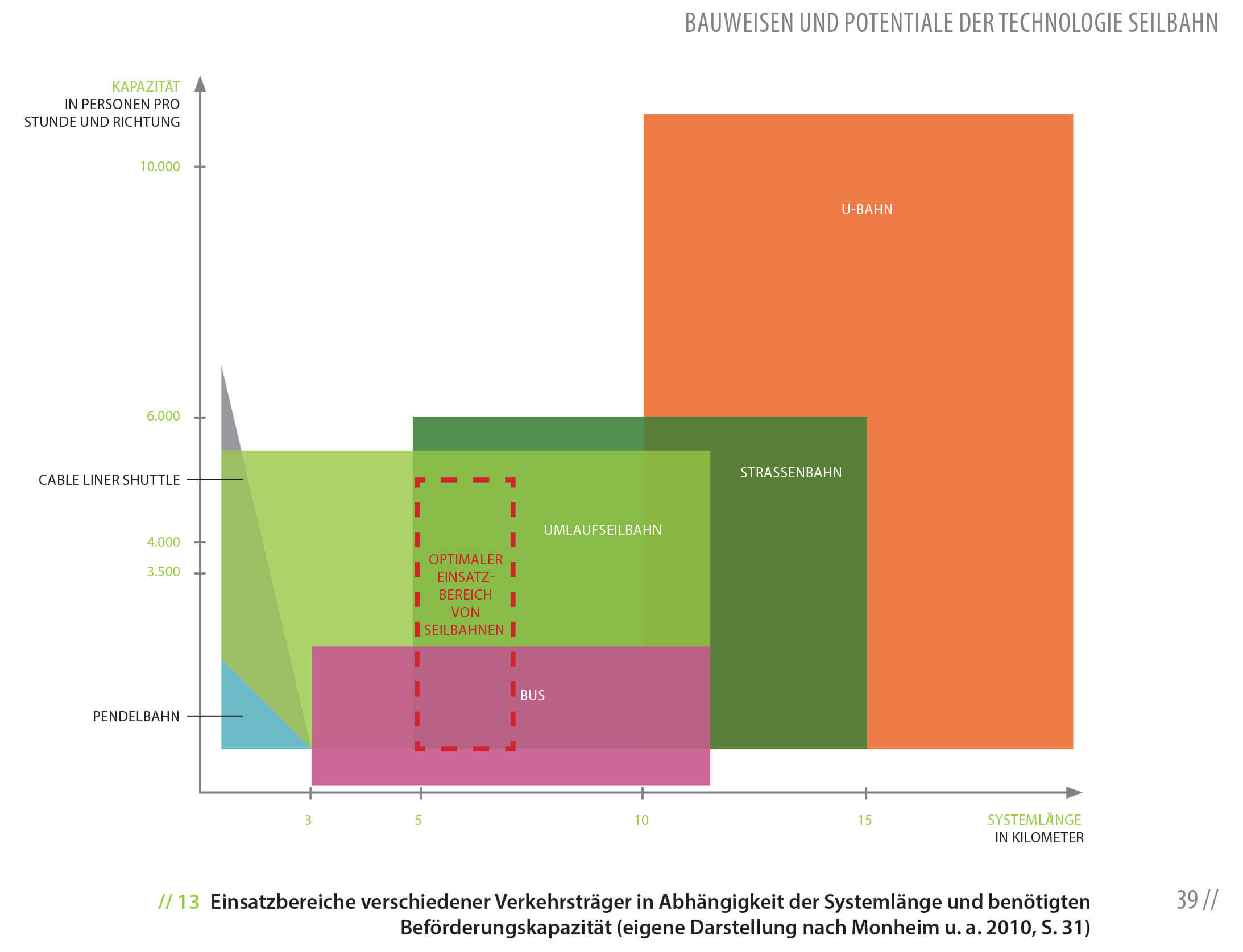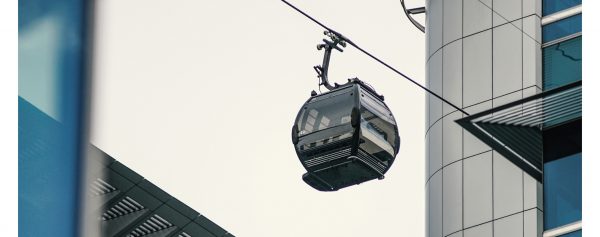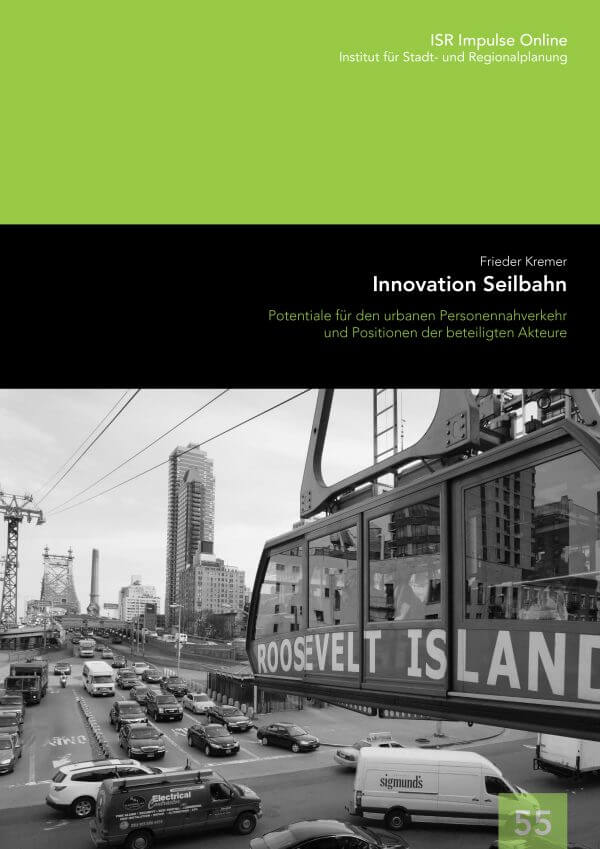
Cities, SI World 2/2019
The optimal: When does a cable car make sense?
The major advantage of urban cable cars is a result of their technical functionality: the vehicles are moved on a cable stretched between the stations and they therefore form a separate and independent travel route in the third dimension. On the one hand, this allows direct and fast connection between two points; on
the other hand, cable cars are able to fly over both natural (mountains, rivers, gorges etc.) and structural obstacles.
They are therefore independent of the topography and the urban layout and they can form a connection to the public infrastructure even for areas that are difficult to access, which means they can overcome the separation effect of the obstacles. Another advantage is their independence from other traffic.
Whilst cable cars offer an opportunity to relieve road traffic, they also reduce the risk of accidents and improve transport safety. Moreover, cable cars are not affected by traffic jams and other waiting times as a result of traffic.

The construction of a network with cable cars as the sole mode of transport is sensible only if a distance of approx. seven kilometres per route
is not exceeded and only a small number of lines and associated transfers is required. Photo: DOPPELMAYR
High availability
In addition, one time component is identifiable on the side of the advantages. With a dense vehicle sequence and continuous operation, a fast cycle time is guaranteed, which in turn results in very short waiting times in the station and makes a timetable unnecessary.
However, this applies only to circulating track cable cars. In the case of aerial tramways, the time between arrivals of the individual vehicles is significantly greater. However, this is offset by a greater load capacity in the individual gondolas.
To sum up: cable cars are virtually unrivalled when considering the total travel time on a route of up to seven kilometres – even though cable cars are actually a slower mode of transport by comparison of travel speed alone (between 21 and 43 km/h).

SI Urban suggested reading: Frieder Kremer (2015): Innovation Seilbahn (Innovation Cable Car). Potential for urban local passenger transport and positions of the stakeholders involved. TU Berlin University Press
Up to 4,000 passengers per hour
All the factors mentioned add up to total capacity from around 500 passengers per hour and direction for aerial tramway systems up to a maximum capacity of 5,000 passengers per hour for a tri-cable circulating track. On average, Kremer expects 3,000 to 4,000 passengers per hour and direction.
When comparing transport capacity, cable cars therefore lie within the range of buses (1,050 passengers per hour and direction) and trams (3,000 passengers per hour and direction). Metros are significantly higher than this with capacity of up to 9,000 passengers per hour.
Cable cars are therefore not competitive and sensible everywhere. However, they are an option for routes over short and medium distances of five to seven kilometres that require transport capacity of up to 5,000 passengers per hour.
As boarding and alighting takes place only in stations, cable cars can exist only with a small number of lines and with no tight corners and associated connections. Longer distances are technically possible but other modes of transport (metro and suburban railways) prove to be far more effective over these distances, both from a transport perspective and economically.
Conclusion
In Kremer’s study of the specific transport applications of cable cars, four essential considerations arise based on Monheim:
1. As an extension of an existing local public passenger transport route, cable cars can take on the function of a feeder/distributor for a higherlevel transport infrastructure and thus close gaps in an existing transport system. In addition, with the construction of tangential connections, they can optimise and shorten the routes of an overall system.
2. Cable cars are suitable for connecting peripheral traffic generators, such as industrial parks, universities or hospitals.
3. Cable cars represent one option to overcome obstacles by way of a “flyover”. With conventional modes of transport, this would be possible only at great
expense or high financial cost (e.g. tunnels, bridges). Furthermore, cable cars can contribute to relieving roads by bypassing congested areas.
4. Cable cars can form a complete transport network, if a distance of approx. seven kilometres per route is not exceeded and only a small number of lines
and transfers is required. Their transport capacity is up to 5,000 passengers per hour.







